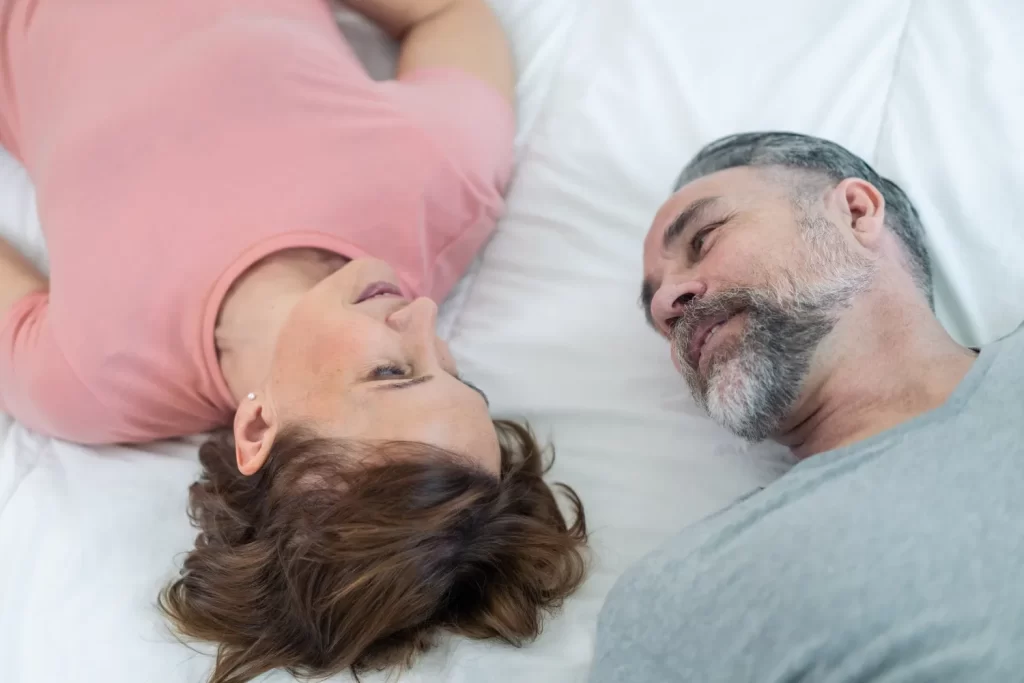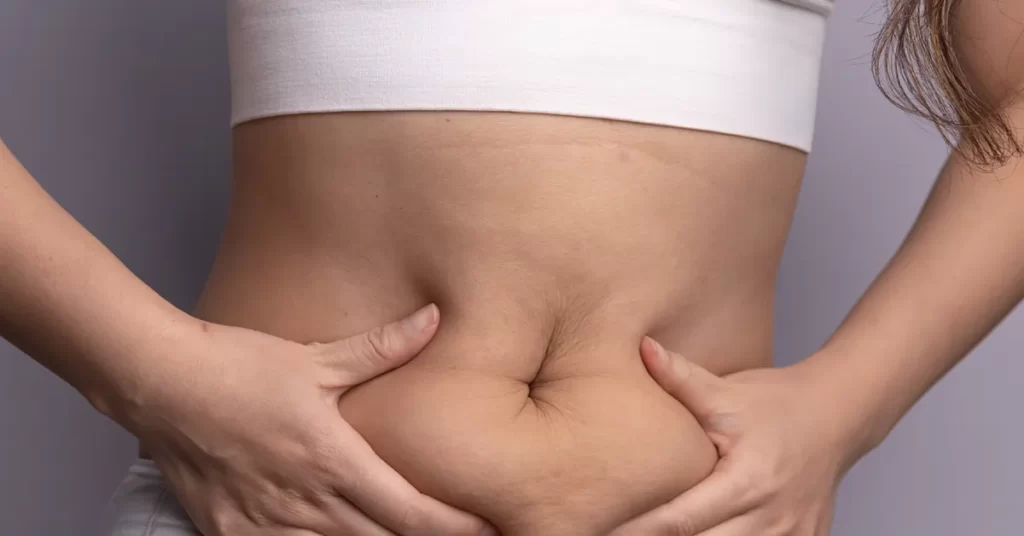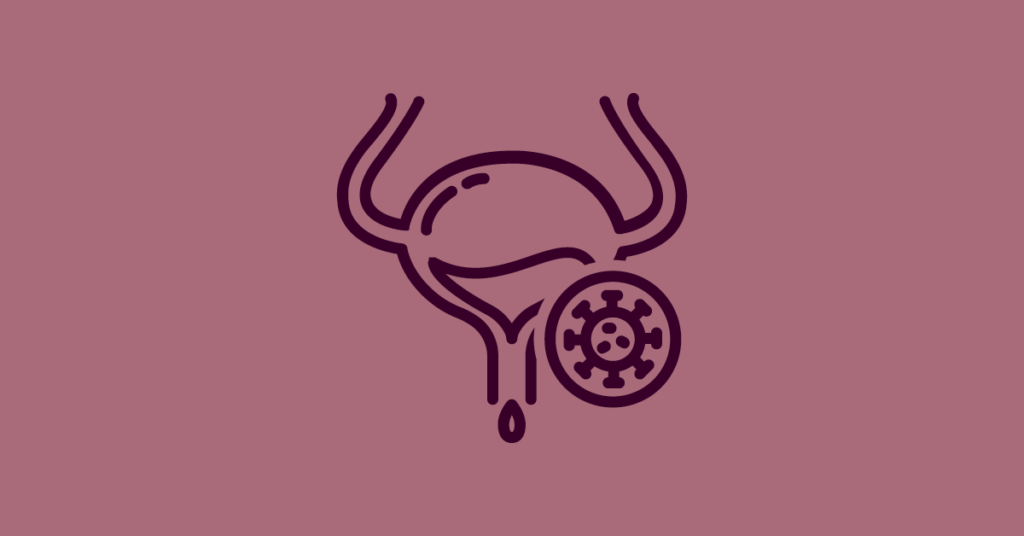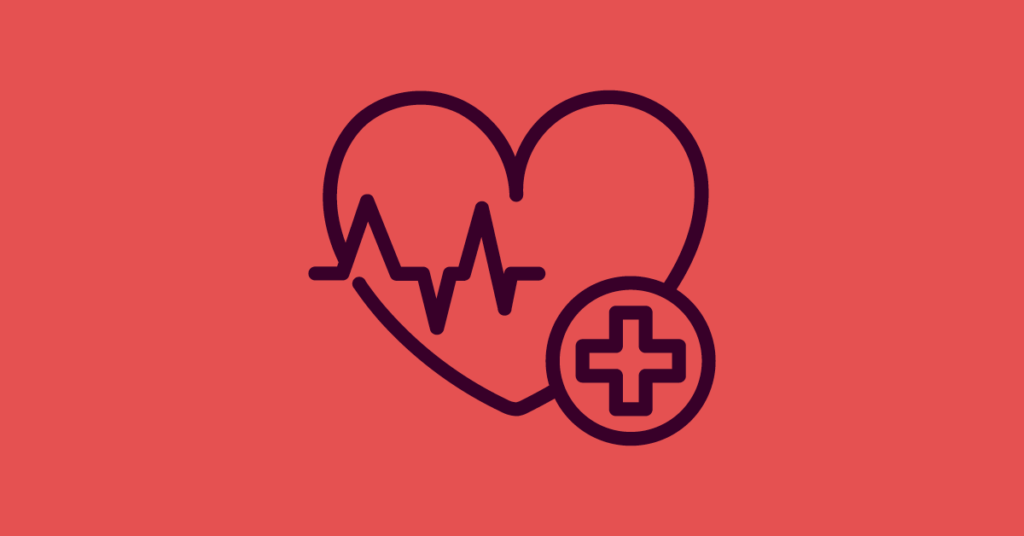Snapshot
Declining estrogen = vaginal dryness
Vaginal dryness is a common menopause symptom caused by declining estrogen levels, leading to discomfort and painful intercourse. Effective treatments include vaginal moisturizers, lubricants, and local estrogen therapy, offering relief and restoring comfort during this phase.
By understanding and addressing vaginal dryness, women can maintain their comfort, sexual health, and overall quality of life throughout the menopausal transition and beyond.

What causes vaginal dryness?
The primary cause of vaginal dryness during menopause is the decline in estrogen levels. Estrogen plays a crucial role in maintaining vaginal tissue health, elasticity, and lubrication. As the body transitions through perimenopause and into menopause, the ovaries produce less estrogen, leading to changes in vaginal physiology.
Research has shown that these hormonal changes result in:
- Thinning of the vaginal walls
- Decreased vaginal elasticity
- Reduced natural lubrication
- Changes in vaginal pH, which can increase susceptibility to infections.
A study published in the journal Climacteric found that the prevalence of vaginal dryness increases from 4% in premenopausal women to 47% in postmenopausal women, highlighting the significant impact of menopausal transitions on vaginal health [1].
Symptoms and impact
Vaginal dryness can manifest in various ways and affect women’s lives significantly:
- Physical discomfort: Itching, burning, and general irritation in the vaginal area.
- Pain during intercourse (dyspareunia): A study in the Journal of Sexual Medicine reported that up to 45% of postmenopausal women experience pain during sex due to vaginal dryness [2].
- Increased risk of infections: The changes in vaginal pH can lead to a higher incidence of urinary tract infections (UTIs) and vaginal infections.
- Impact on sexual health and relationships: Many women report decreased libido and sexual satisfaction due to discomfort.
Managing vaginal dryness
Non-hormonal treatments
Vaginal moisturizers:
- Regular use can help maintain vaginal tissue hydration
- Look for products free from fragrances and irritants
- A systematic review in the journal Menopause found that vaginal moisturizers can significantly improve symptoms of vaginal dryness and associated discomfort [3]
Lubricants:
- Provide immediate relief during sexual activity
- Water-based or silicone-based options are generally recommended
- A study in the Journal of Women’s Health showed that regular use of vaginal lubricants can improve sexual function and satisfaction in postmenopausal women [4]
Lifestyle modifications:
- Stay hydrated: Adequate water intake supports overall tissue health.
- Diet rich in omega-3 fatty acids: Foods like flaxseed, salmon, and walnuts may support vaginal health.
- Avoid irritants: Use gentle, fragrance-free soaps and wear breathable cotton underwear.
- Regular sexual activity or self-stimulation: This can help maintain vaginal blood flow and elasticity.
Pelvic floor exercises:
- Kegel exercises can improve blood flow to the pelvic area.
- A study in the International Urogynecology Journal found that pelvic floor muscle. training can improve symptoms of vaginal atrophy in postmenopausal women [5].
Hormonal treatments
Local estrogen therapy:
- Available as creams, rings, or tablets applied directly to the vaginal area.
- Highly effective in restoring vaginal tissue health and lubrication.
- A Cochrane review concluded that local estrogen therapy is more effective than non-hormonal treatments for vaginal dryness [6].
Systemic hormone therapy:
- May be recommended for women experiencing multiple menopausal symptoms.
- Should be discussed thoroughly with a healthcare provider due to potential risks and benefits.
When to get professional help
It’s crucial to consult a healthcare provider if:
- Vaginal dryness is causing significant discomfort or pain
- You’re experiencing recurrent vaginal or urinary tract infections
- Symptoms are affecting your quality of life or relationships
Don’t hesitate to seek help – vaginal dryness is a medical issue with effective treatments available.
Anything else?
Vaginal dryness is a common and manageable aspect of menopause. By understanding the causes, recognizing the symptoms, and exploring various treatment options, women can effectively manage this condition and maintain their vaginal health, sexual well-being, and overall quality of life. Remember, every woman’s experience with menopause is unique, and personalized care is key to finding the most effective management strategy.
References
- Santoro, N., & Komi, J. (2009). Prevalence and impact of vaginal symptoms among postmenopausal women. The Journal of Sexual Medicine, 6(8), 2133-2142.
- Kingsberg, S. A., Wysocki, S., Magnus, L., & Krychman, M. L. (2013). Vulvar and vaginal atrophy in postmenopausal women: findings from the REVIVE (REal Women’s VIews of Treatment Options for Menopausal Vaginal ChangEs) survey. The Journal of Sexual Medicine, 10(7), 1790-1799.
- Edwards, D., & Panay, N. (2016). Treating vulvovaginal atrophy/genitourinary syndrome of menopause: how important is vaginal lubricant and moisturizer composition? Climacteric, 19(2), 151-161.
- Herbenick, D., Reece, M., Hensel, D., Sanders, S., Jozkowski, K., & Fortenberry, J. D. (2011). Association of lubricant use with women’s sexual pleasure, sexual satisfaction, and genital symptoms: A prospective daily diary study. The Journal of Sexual Medicine, 8(1), 202-212.
- Mercier, J., Morin, M., Lemieux, M. C., Reichetzer, B., Khalifé, S., & Dumoulin, C. (2016). Pelvic floor muscles training to reduce symptoms and signs of vulvovaginal atrophy: a case study. Menopause, 23(7), 816-820.
- Lethaby, A., Ayeleke, R. O., & Roberts, H. (2016). Local oestrogen for vaginal atrophy in postmenopausal women. Cochrane Database of Systematic Reviews, (8).





